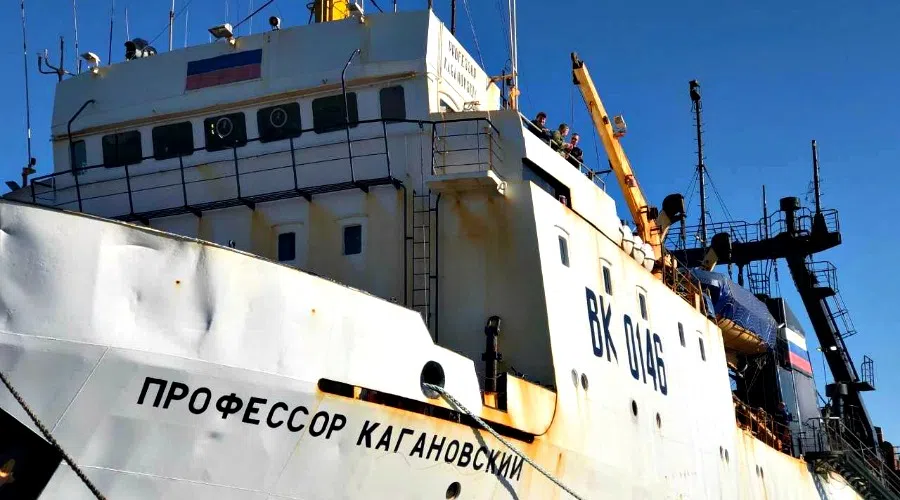
First-of-its-kind expedition unlocks mysteries of west coast salmon
NANAIMO — A renowned DFO scientist praised an inaugural Pacific Ocean study as a surefire way to strengthen west coast salmon stocks.
Dr. Richard Beamish, who is now retired, told reporters in Nanaimo the first Gulf of Alaska research mission uncovered more than 54 million salmon during the month-long expedition.
The Nanaimo-based Beamish said the winter survey of the vast body of water comprised of Asian and North American stocks will help regulate salmon production.
“If you know what the mechanisms are you then can estimate how a warming of the ocean or changing of the ocean is going to affect production in the future,” Beamish said.



